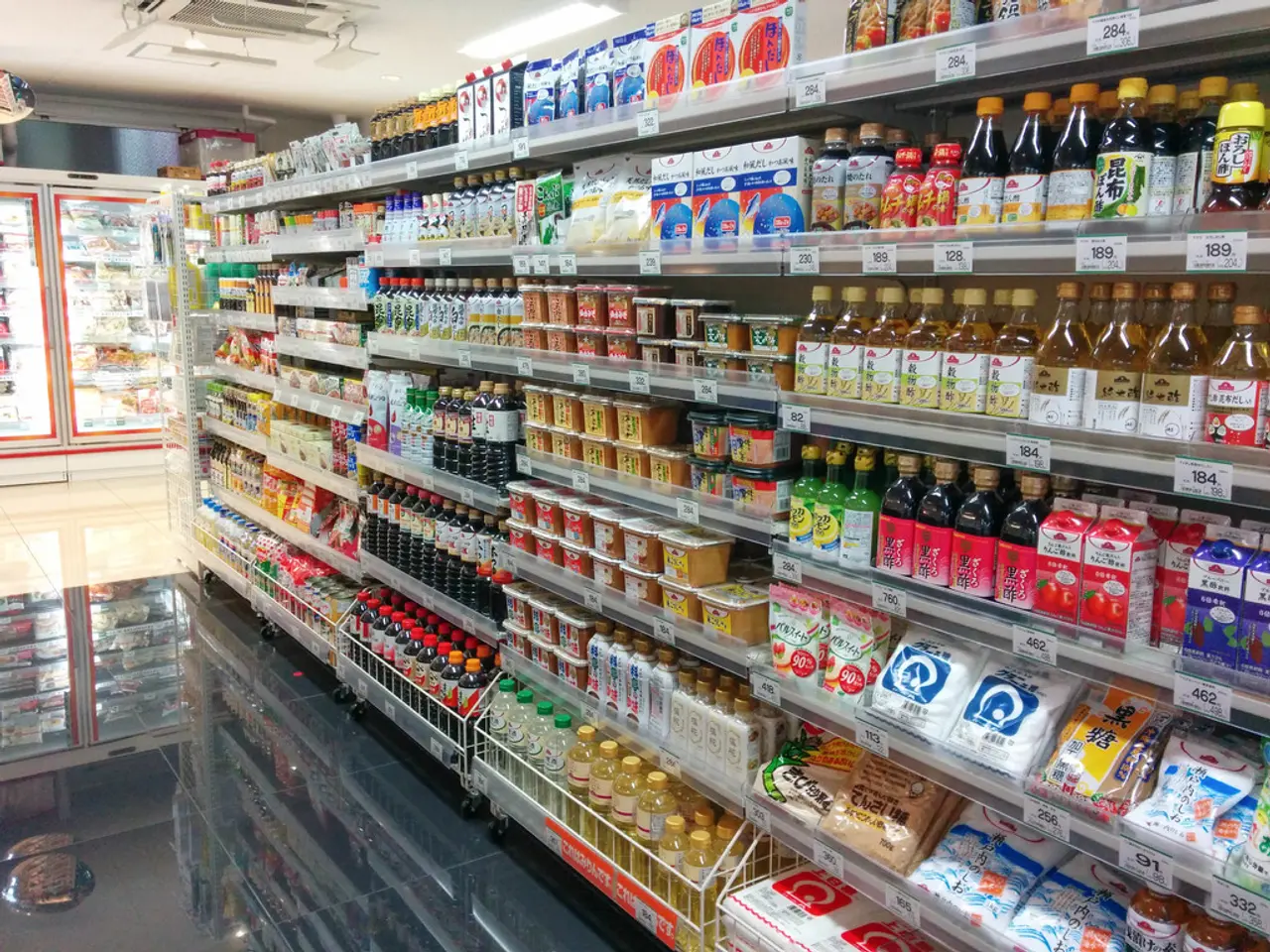Float Exchanges Rates Simplified: Understanding the Advantages and Disadvantages of Floating Exchange Rates
In a world where economies are increasingly interconnected, understanding the workings of a floating exchange rate system is essential. Unlike a fixed exchange rate, where governments define the exchange rate and actively intervene in the market, a floating exchange rate allows the worth of a domestic currency to fluctuate based on supply and demand in the foreign exchange market.
This system impacts a country's trade, investment, and debt in various ways.
Trade
When a domestic currency appreciates under a floating exchange rate, imports become cheaper for domestic consumers, and inflation tends to drop. However, exports become less competitive internationally because they cost more in foreign currency terms. Conversely, a depreciation boosts export competitiveness but raises import costs. This dynamic can lead to more volatile trade balances.
Investment
Floating rates can attract foreign capital inflows when the currency strengthens, especially if the country offers higher interest rates or is seen as a safe investment destination. However, exchange rate volatility can deter some foreign direct investment by increasing uncertainty about returns and costs. Central banks may sometimes intervene to moderate extreme swings but generally allow rates to respond to market forces.
Debt
For countries or companies with debt denominated in foreign currency, a stronger domestic currency reduces the local currency cost of servicing that debt, easing repayment burdens. Conversely, if the currency depreciates sharply, repayment costs in domestic terms rise, potentially worsening debt sustainability and financial stability.
Additional Context
More flexible exchange rate regimes can amplify the positive effects of remittances on economic growth by allowing currency adjustments that better absorb external shocks. The exchange rate's responsiveness to economic data, geopolitical events, and investor sentiment makes floating systems economically responsive but also potentially more volatile.
In summary, floating exchange rates permit market-driven currency adjustments influencing trade competitiveness, investment flows, and debt servicing costs, introducing both flexibility and uncertainty into these economic channels. A weaker domestic currency can make exports cheaper, attracting more demand and boosting export revenue. Speculators can influence the exchange rate by anticipating future movements and acting accordingly.
However, floating exchange rates also pose risks. Speculative attacks by currency traders can lead to sudden devaluations, even if not justified by underlying economic fundamentals, posing a significant risk to countries with floating exchange rates. Volatile exchange rates can discourage long-term investment, potentially hindering economic growth.
In conclusion, while floating exchange rates offer benefits such as reduced reserve requirements and increased competitiveness, they also introduce uncertainty and risk, making them a crucial aspect of a country's economic strategy.
In the world of finance and business, understanding the influences of a floating exchange rate on trade is vital. When a domestic currency appreciates, imports become cheaper but exports can become less competitive, potentially leading to more volatile trade balances.
Exploring the investment landscape, floating rates can draw in foreign capital inflows when the currency strengthens, yet exchange rate volatility may deter long-term investment by increasing uncertainty about returns and costs.





